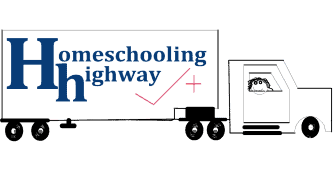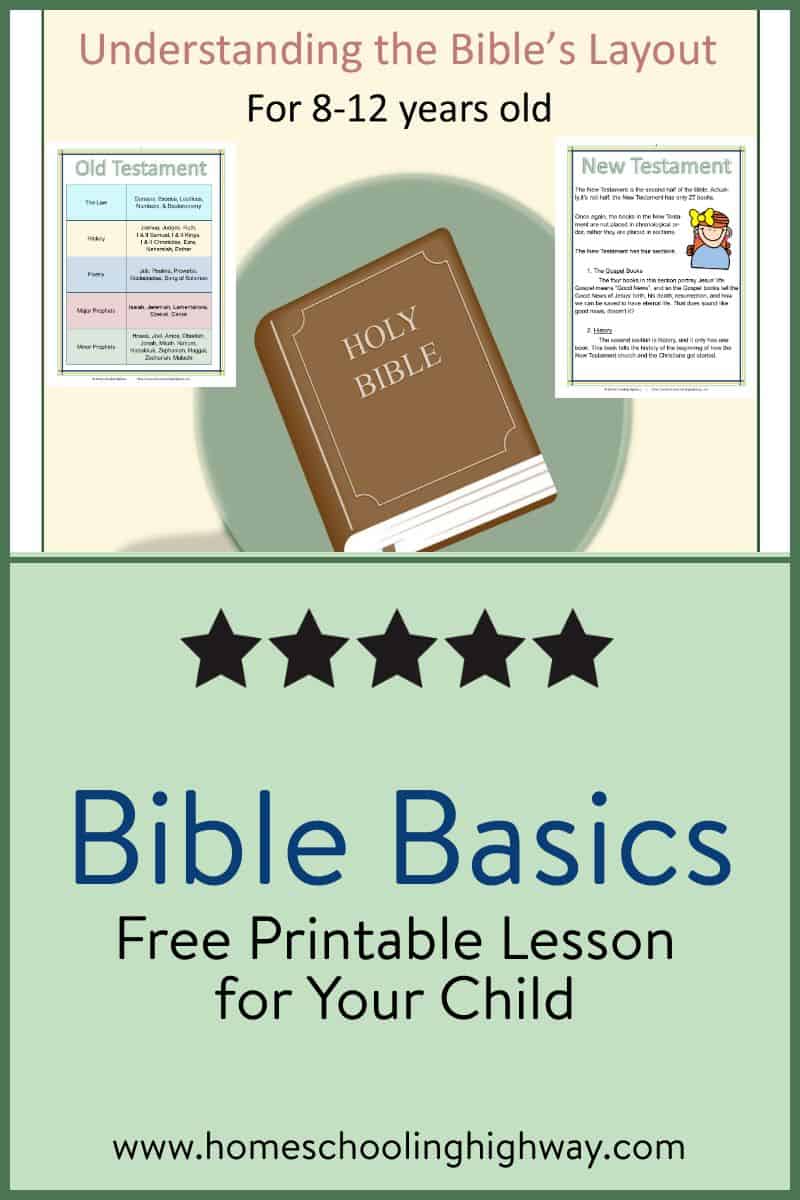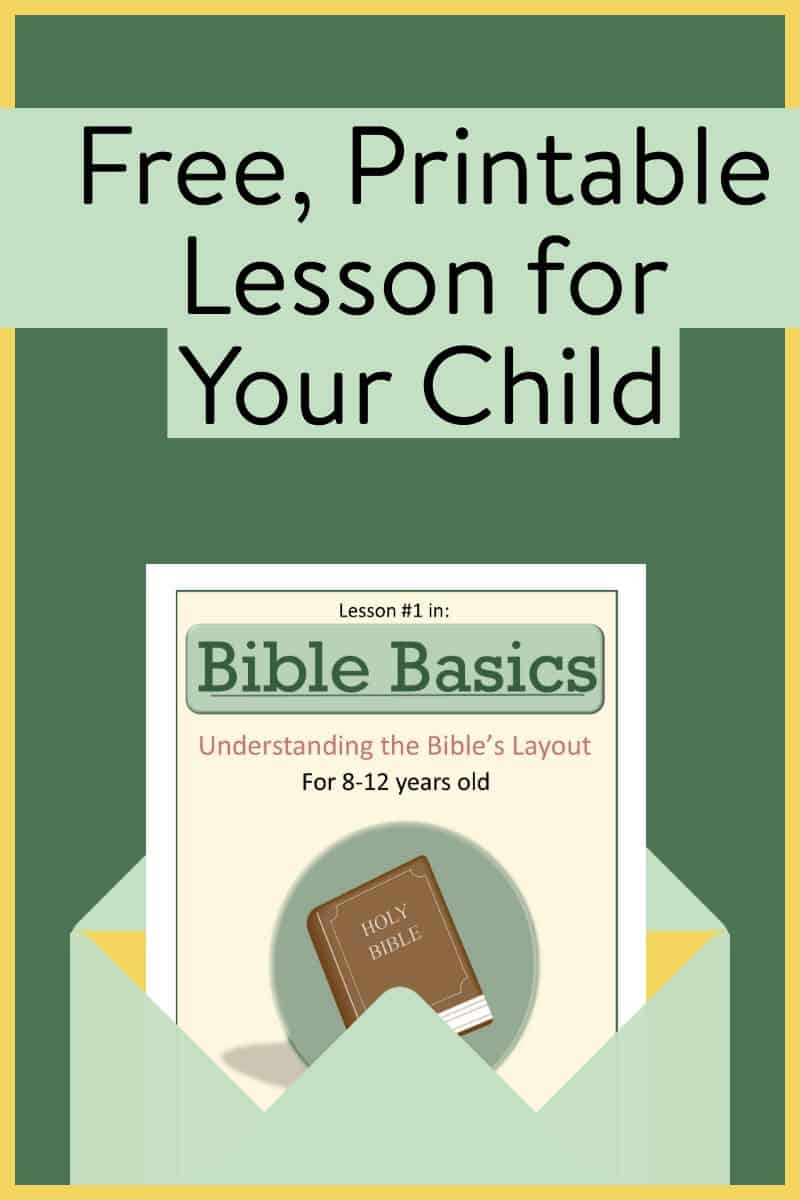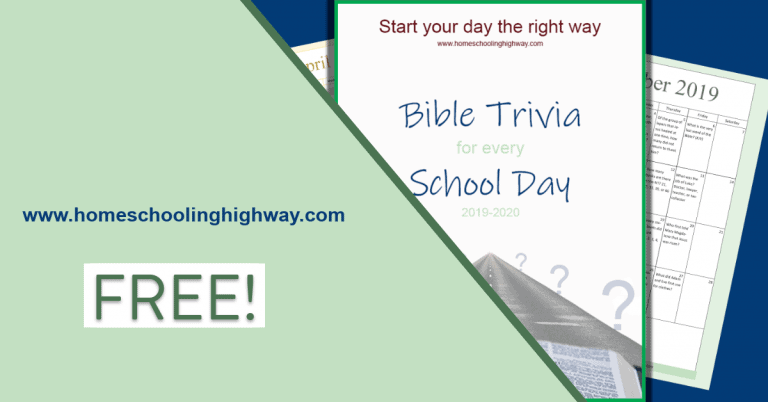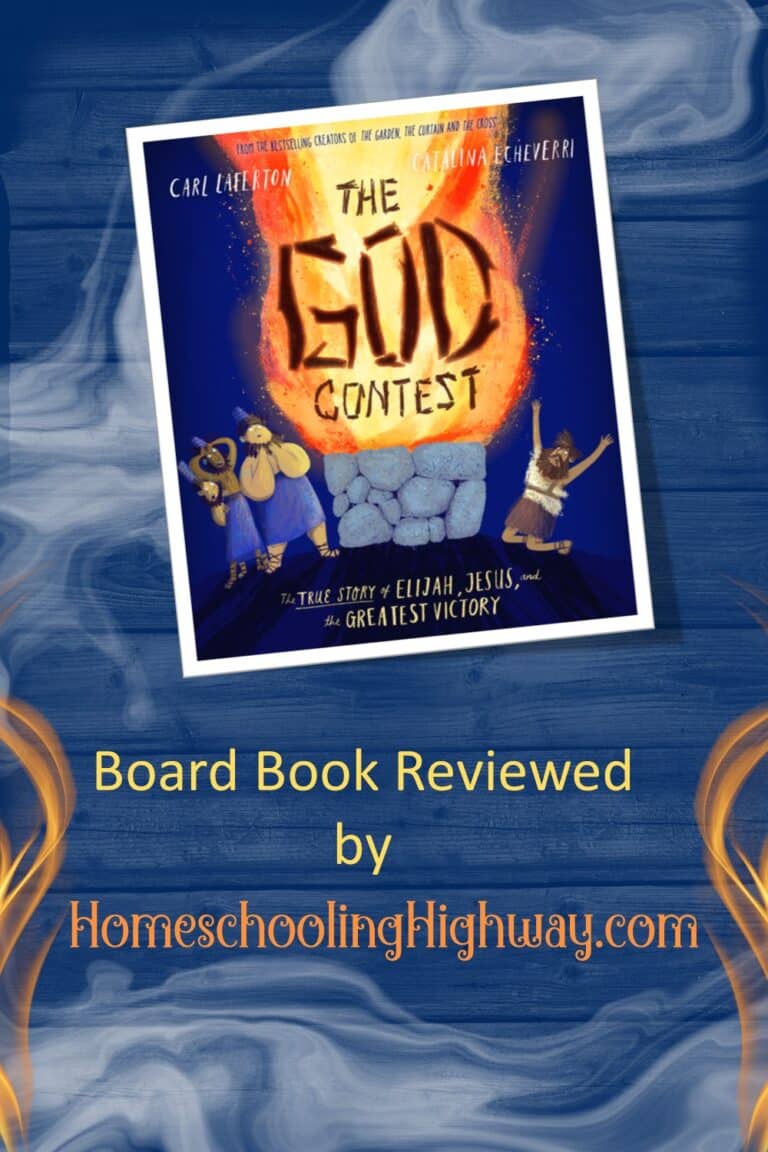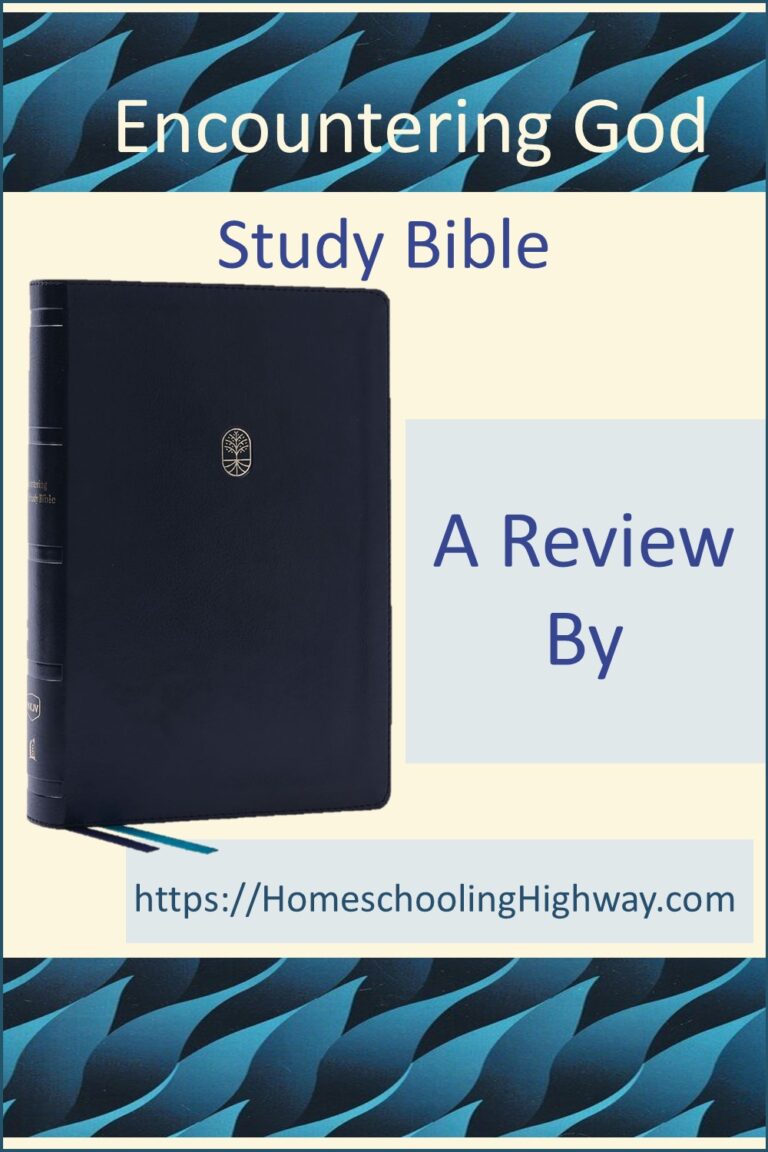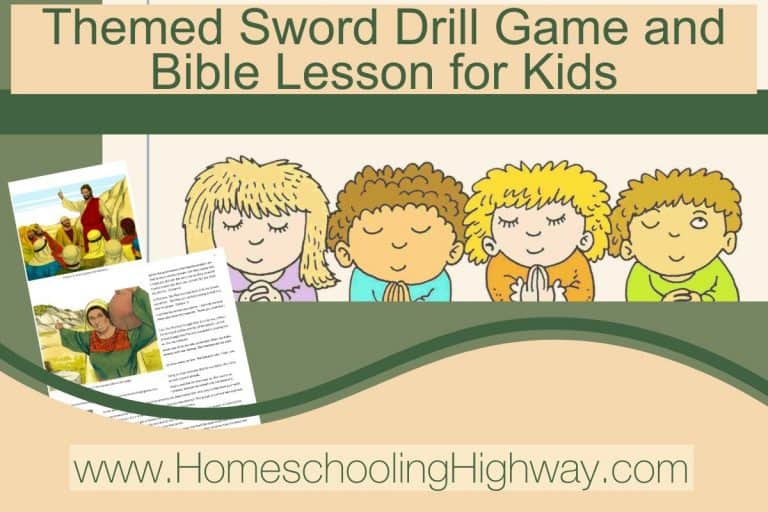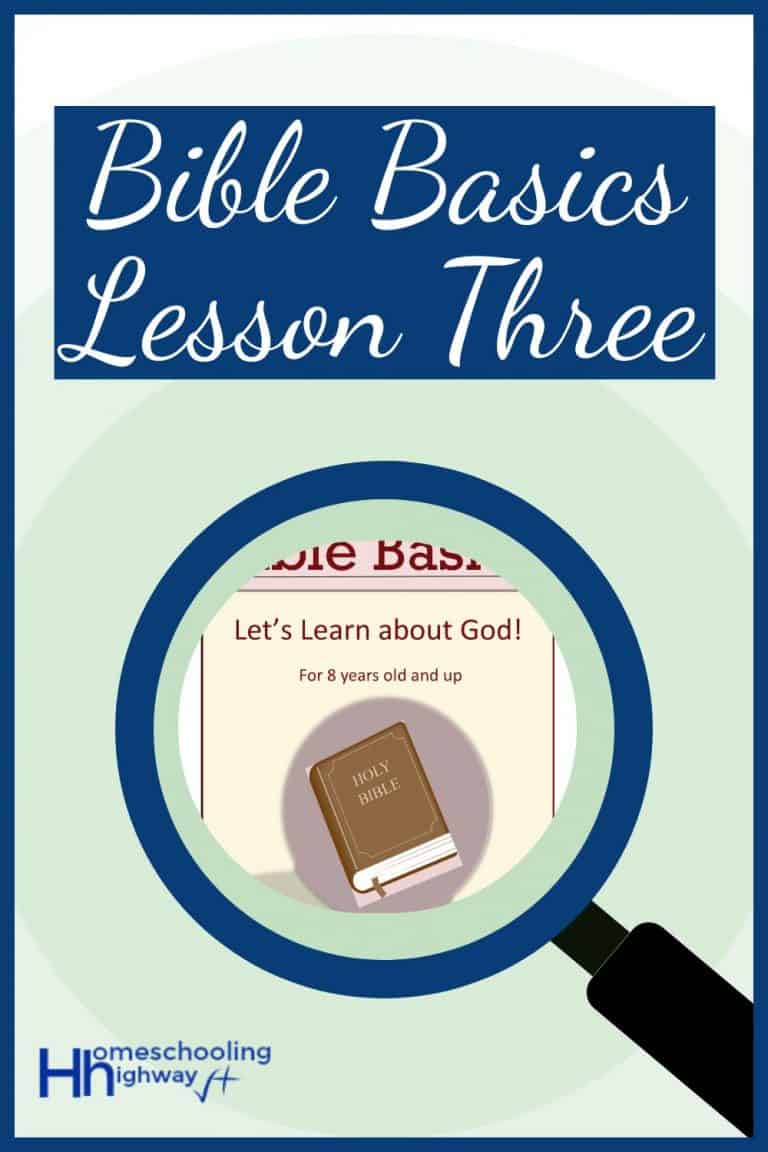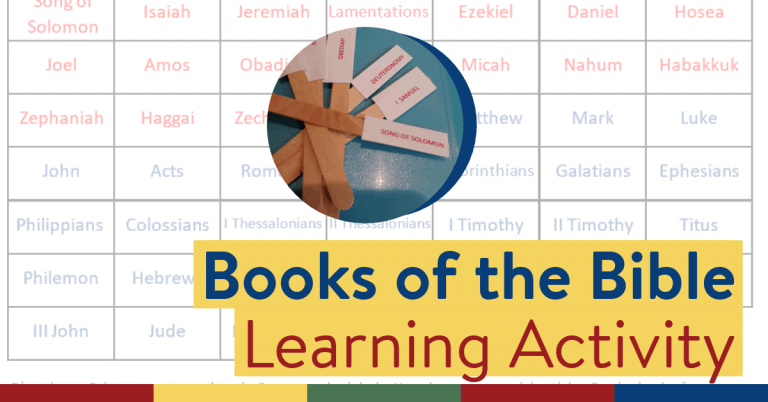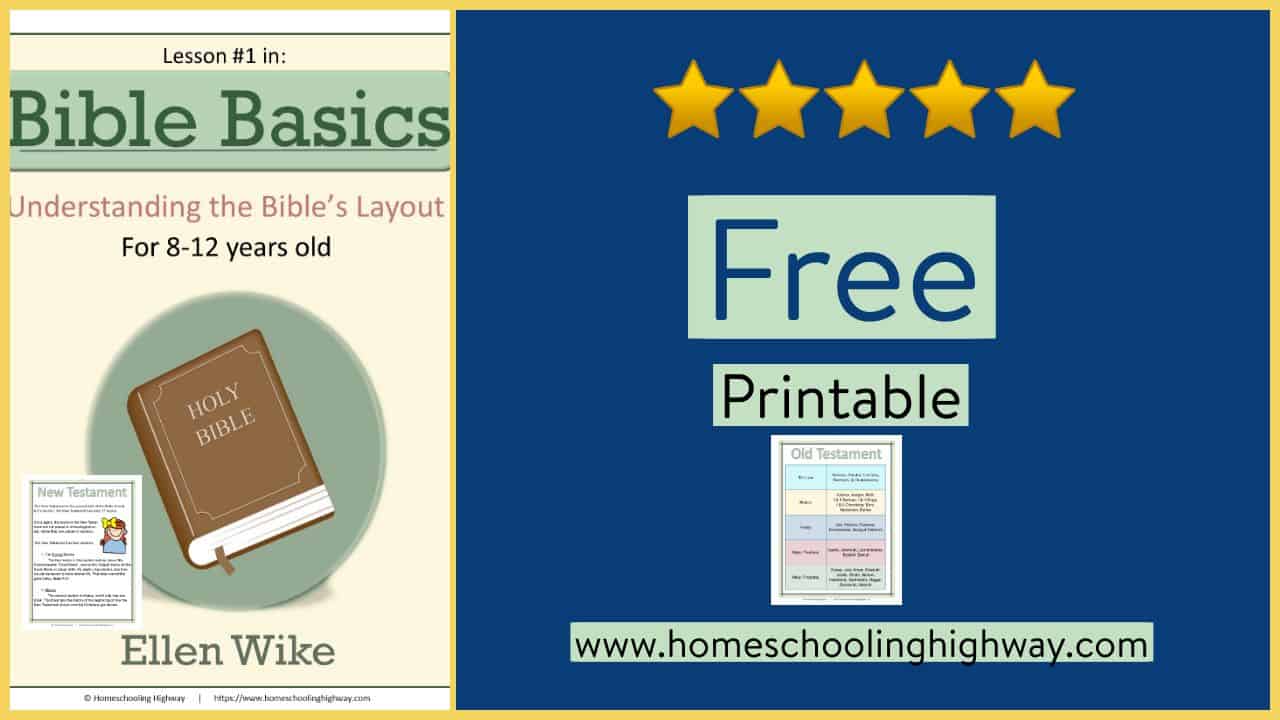
Did you know that the books of the Bible are not placed in chronological order?
Knowing the layout of the Bible books will make studying God’s Word so much easier for your child.
This free, 13-page, kid-friendly lesson (with assessment questions at the end), will give you and your child a resource to come back to time and time again. For additional resources to help you and your child, please see the end of the post.
Introduction
The Bible is made up of 66 books, written by over 40 different authors which were inspired by God.
Second Timothy 3:16 says: All Scripture is given by inspiration of God.
The Old Testament
The 66 books are divided into two sections. The first is the Old Testament (OT), it covers the time span from Creation to when God’s people and land were taken captive by enemies because of their sins.
The OT is made up of 39 books. They are not placed in the Bible in chronological order, as some may assume. They are placed in the Bible according to the type of book that it is. There are five sections or types of books in the Old Testament.
The Law

This first section is also called the Pentateuch.
These books were all written by the same author, Moses, and they are:
1. Genesis
2. Exodus
3. Leviticus
4. Numbers
5. Deuteronomy.
History
These twelve books cover the time period of approximately 1400 BC to approximately 500 B.C.
Remember, on a time-line, the years of B.C. count backwards towards zero.
The books of history begin telling the Jews’ story when they are entering into the Promised Land all the way through to when the Israelites are taken captive by their enemies.
The twelve books are:
1. Joshua
2. Judges
3. Ruth
4. First Samuel
5. Second Samuel
6. First Kings
7. Second Kings
8. First Chronicles
9. Second Chronicles
10. Ezra
11. Nehemiah
12. Esther
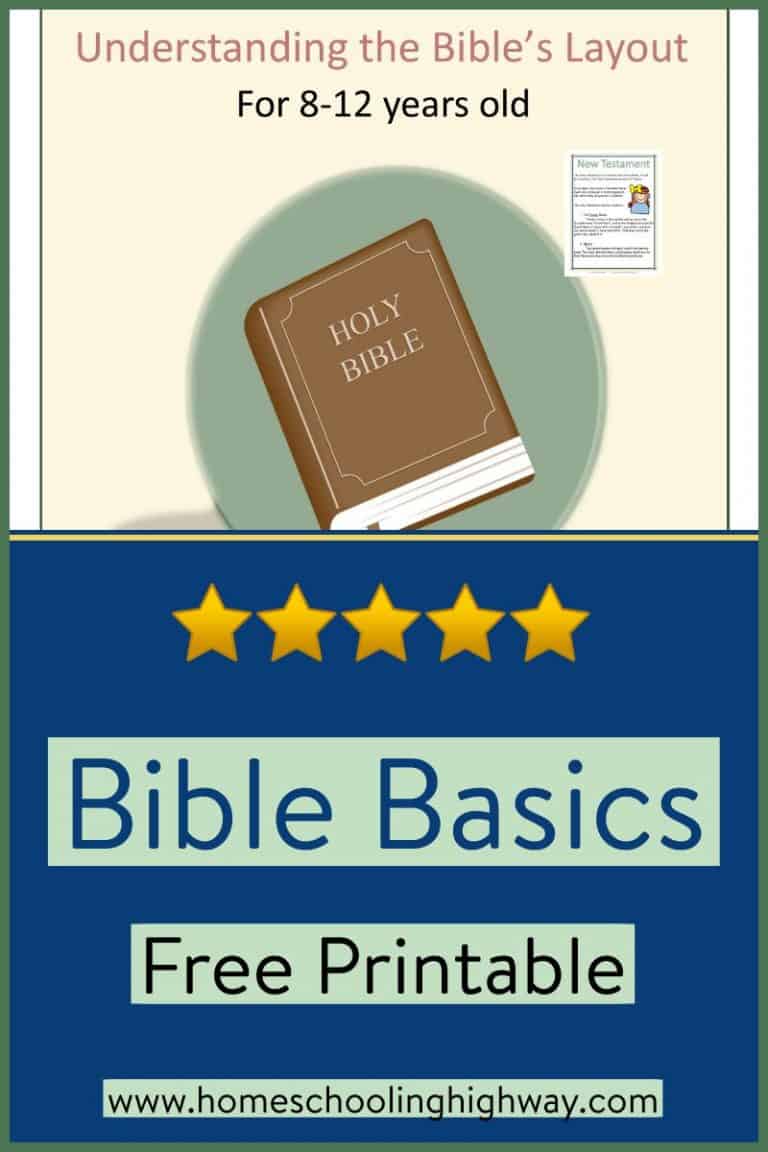
Poetry
These books are labeled this way due to their expression of thoughts and their different types of phrasing.
The books of Poetry are:
1. Job
2. Psalms
3. Proverbs
4. Ecclesiastes
5. Song of Solomon.
Major Prophets
The next two sections are about God’s prophets. These prophets were given messages directly from God so that they could give God’s message to sinful people and nations warning them of judgment to come.
The names of these prophetic sections are called the Major Prophets and the Minor Prophets. Don’t let the names fool you into thinking that some prophets were more important than others. The only reason for the names major and minor is due to the size of the book. For instance, Obadiah is only one chapter long and Isaiah is sixty-six.
The books that are included in the Major Prophets are:
1. Isaiah
2. Jeremiah
3. Lamentations
4. Ezekiel
5. Daniel
Minor Prophets
The books that are included in the Minor Prophets are:
1. Hosea
2. Joel
3. Amos
4. Obadiah
5. Jonah
6. Micah
7. Nahum
8. Habbakuk
9. Zephaniah
10. Haggai
11. Zechariah
12. Malachi
Between the Old Testament and the New Testament is a space of time that consists of 400 years. People refer to this as the Silent Years. World history will give you the events that took place during this time frame.
New Testament
The New Testament covers Jesus’ life, the beginning of the New Testament church, and then prophecy of end times. It spans the time frame from approximately 6 B.C. to 95 A.D. Twenty-seven books make up the New Testament. Once again, these books are grouped together by types.
Gospels
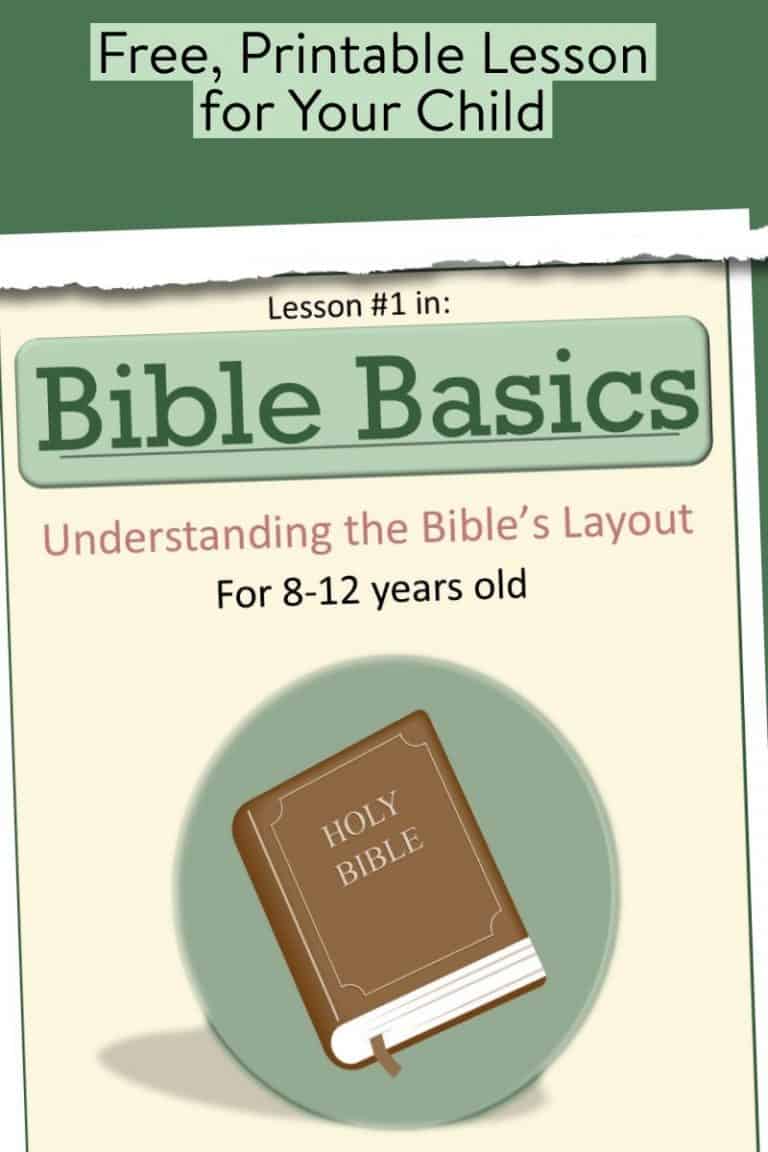
The first grouping is the gospel books. There are four of them.
1. Matthew
2. Mark
3. Luke
4. John
These books are called the gospel books because they tell the good news of Jesus’ life and the salvation we can receive through Him. Gospel means Good News.
History
The second section is history. There’s only one book here and it is the book of Acts.
Acts tells us of the acts of the Apostles. Acts covers the start of the spreading of the gospel and the growth of the Christian church.
By the end of Acts, Paul is taking missionary journeys and spreading the good news too.
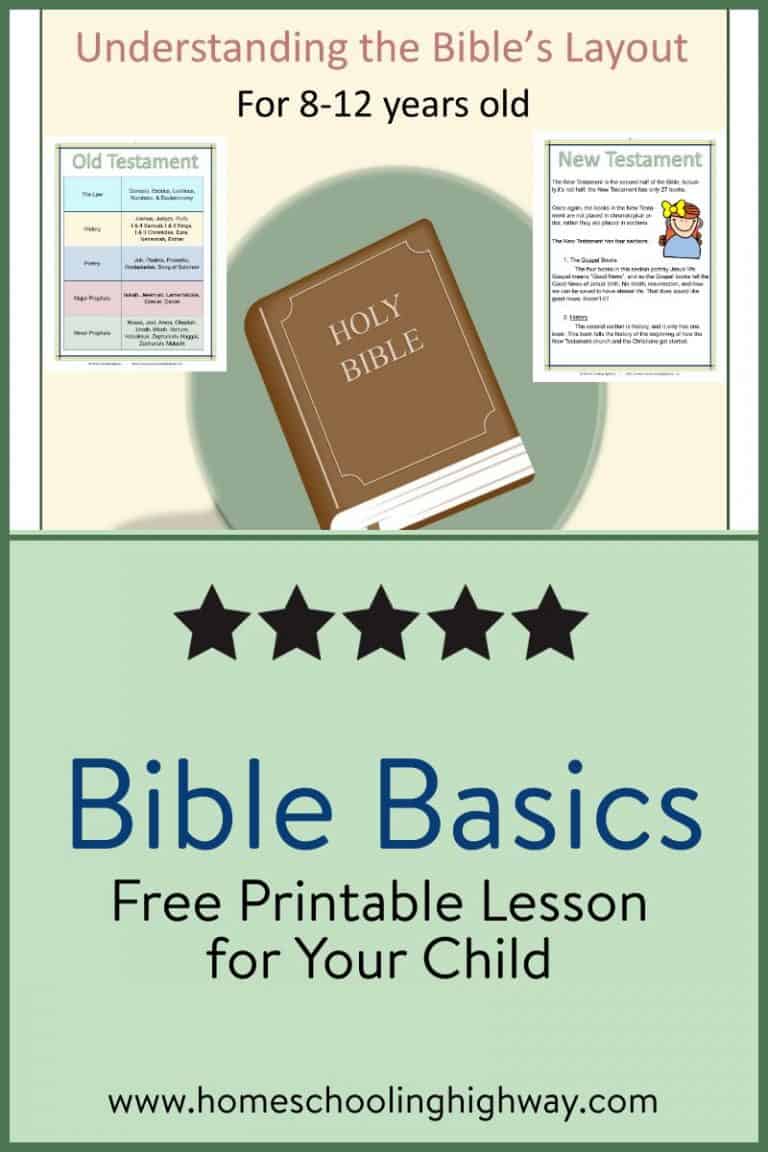
Epistles
The third section is the epistles. Epistle means letter.
These letters are to different churches and different people. They are to reprimand, encourage and teach the Christian. These books are:
1. Romans
2. First Corinthians
3. Second Corinthians
4. Galatians
5. Ephesians
6. Philippians
7. Colossians
8. First Thessalonians
9. Second Thessalonians
10. First Timothy
11. Second Timothy
12. Titus
13. Philemon
14. Hebrews
15. James
16. First Peter
17. Second Peter
18. First John
19. Second John
20. Third John
21. Jude
Prophecy
The last and final section is prophecy. Revelation is the only book of prophecy in the New Testament.
It covers the rapture of the saints, the tribulation, the millennial reign of Jesus Christ, the Judgment Seat, and heaven and hell.
Finding a Reference in Your Bible
Every Bible has an index in the front.
Once you find the book you want in the list, go to the page number that it directs you to.
Once you have found the beginning of the book, you should see bold-type numbers. Those are the chapter numbers. In each chapter, you’ll find individual verses. Each verse has its own small number in front of it.
So if you want to look for John 3:16, you find the gospel of John, look for the third chapter, and then look for the sixteenth verse inside of chapter three.
Don’t be confused with all of the books of John. If you take a close look, you’ll see there is John, I John, II John, and III John.
John 3:16 is a gospel book and we know that because it does not have a Roman Numeral in front of it. (I, II, III John are all epistles).
Additional Resources
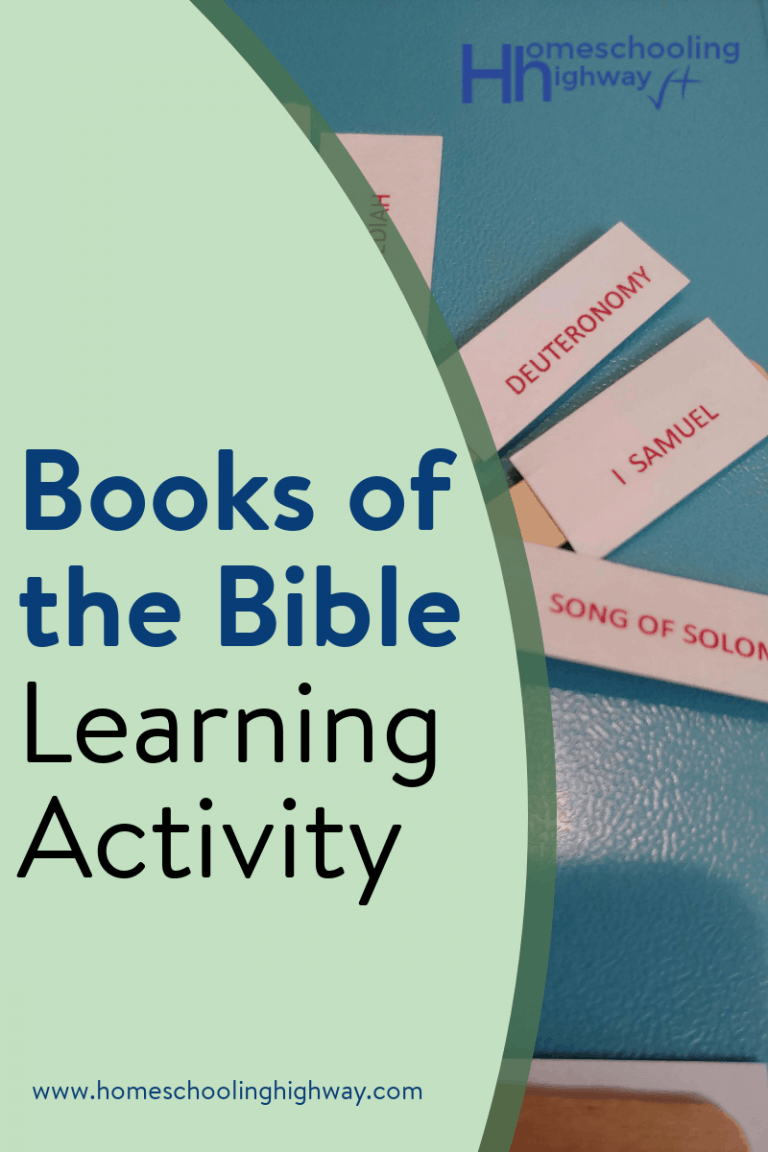
Along with your free, printable lesson book for your child, you may like this free popsicle activity to help your child learn the Bible book names in order.
Also, I know that some of these Bible book names are hard to prounounce, the Youtube video below will help you with the pronunciations.
Could you do me a favor? Could you let me know what you think of the lesson book? Is it helpful for you and your child? Do you think something else should be added in?
I love to hear from all my readers, so don’t be shy!
